Study the given aquatic food chain and answer the questions that follow:

(i) Give reasons why there is a continuous increase in the DDT content in different trophic levels of the chain.
(ii) Name the phenomenon responsible for the increase in DDT content.
(i) When DDT enters the food chain it reaches water. Since, it not degradable it gets accumulated progressively at each trophic level.
AB it reaches higher trophic levels, the concentration of DDT also increases.
(ii) Biological magnification.
Topper's Solved these Questions
- BOOK - XII BOARD PREVIOUS YEAR PAPER ENGLISHCHAPTER - XII BOARDSEXERCISE - SECTION-C86videos
XII BOARDS
- BOOK - XII BOARD PREVIOUS YEAR PAPER ENGLISHCHAPTER - XII BOARDSEXERCISE - SECTION-D49videos
XII BOARDS
- BOOK - XII BOARD PREVIOUS YEAR PAPER ENGLISHCHAPTER - XII BOARDSEXERCISE - SECTION-A45videos
XII BOARDS
- BOOK - XII BOARD PREVIOUS YEAR PAPER ENGLISHCHAPTER - SAMPLE PAPER 2019EXERCISE - Section E Part B3videos
SAMPLE PAPER 2019
Similar Questions
Study the given pedigree chart and answer the questions that follow
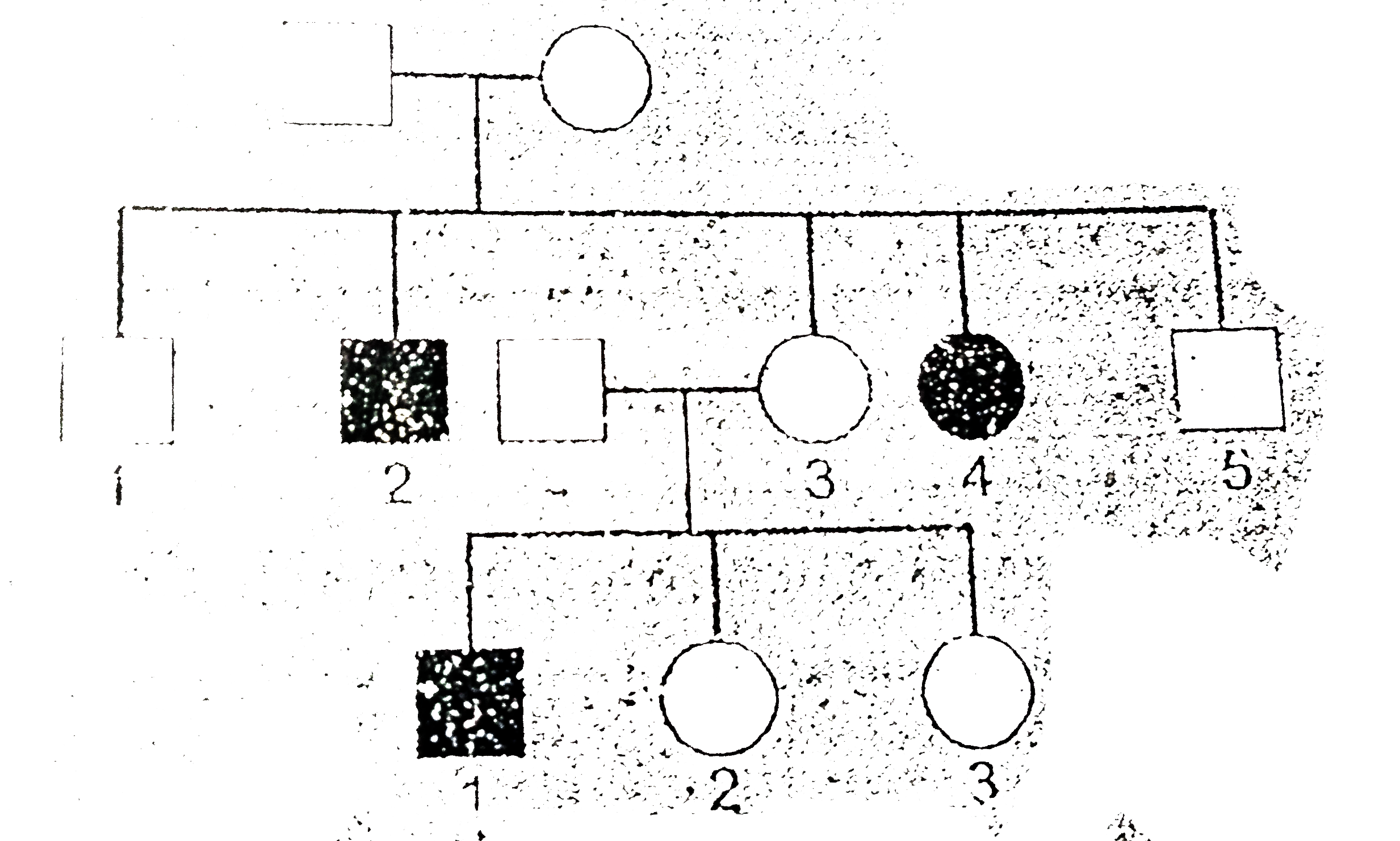
(i) Trait is autosomal recessive (True/False)
(ii) Give the genotype of the members 3 and 4.View SolutionStudy the climatic data given below and answer the questions that follow :

Suggest a name of this station, giving a reason station. for your answer.View SolutionStudy the given pedigree chart and answer the questions that follow:
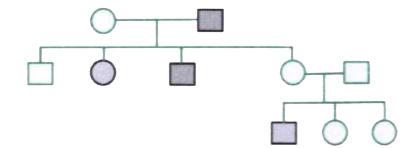
Give the genotype of the parents in generation I and their third and fourth child in generation II.View SolutionStudy the graph given below and answer the question that follow ?
(i) What is relationship between dissolved oxygen and biochemical oxygen Demand (BOD) ?
(ii) Mention their effect on aquatic life in the river.
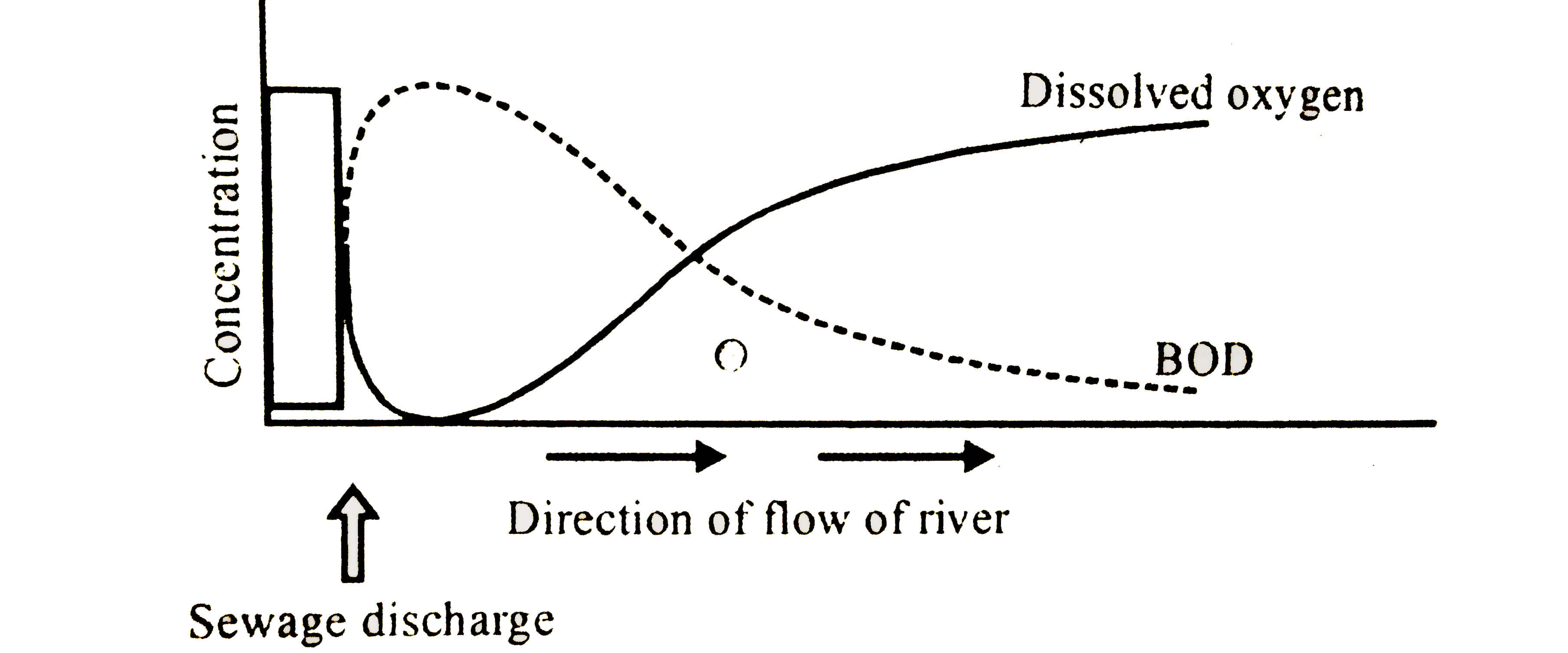 View Solution
View SolutionStudy the graph given below and answer the question that follow ?
(i) What is relationship between dissolved oxygen and biochemical oxygen Demand (BOD) ?
(ii) Mention their effect on aquatic life in the river.
 View Solution
View SolutionThe diagram given below represents the location and structure of an endocrine gland. Study the same and answer the questions that follow:
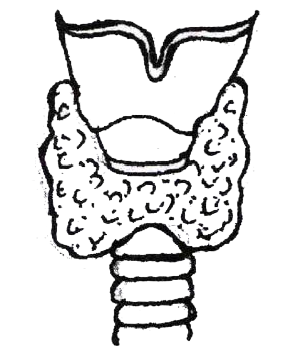
(i) Name the endocrine gland shown in the diagram.
(ii) Name the secretion of the gland which regulates basal metabolism
(iii) Name the mineral element required for the synthesis of the above mentioned hormone.
(iv) Name the disease caused due to undersecretion of the above mentioned hormone in children.
(v) Name the disease caused due to hypersecretion of the above mentioned hormone .View SolutionObserve the figures given below and then answer the questions that follow :

(i) What is the picture depicting ?
(ii) What was the reason that the giraffe stretched their neck and forelimbs ?
(iii) Name the theory to which this picture belongs.
(iv) Who explained this theory? (V) What is the conclusion of this theory?View SolutionThe diagram given below represents a surgical sterilization method in males.
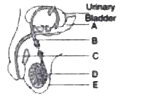
Study the same and answer the questions that follow: (i) Name the parts marked A, B, C, D and E.
(ii) Give the name of the surgical method represented in the diagram.
(iii) Which part is ligated or cut ?
(iv) Name the corresponding surgical method conducted on females.
(V) Name the part which is ligated in females and why?View SolutionStudy the diagram given below and then answer the questions that follow:
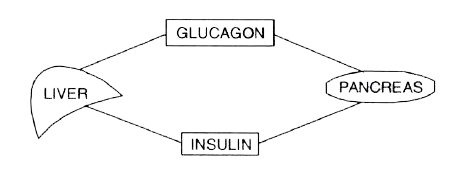
(I) Name the cells of the pancreas that produce (a) glucagon (b) insulin.
(ii) State the main function of (a) glucagon (b) insulin.
(iii) Why is the pancreas referred to as an exo- endocrine gland ?
(iv) Why Is insulin not given orally but is injected into the body ?
(vj What is the technical term for the cells of the pancreas that produce endocrine hormones?
(vi) Where in the body is the pancreas located?View SolutionGiven below is a diagram depicting a defect of the human eye, study the same and then answer the questions that follow:

(i) Name the defect shown in the diagram.
(ii) What are the two possible reasons that cause this defect?
(iii) Name the type of lens used to correct this defect.
(iv) With the help of a diagram show how the defect shown above is rectified using a suitable lens.View Solution

